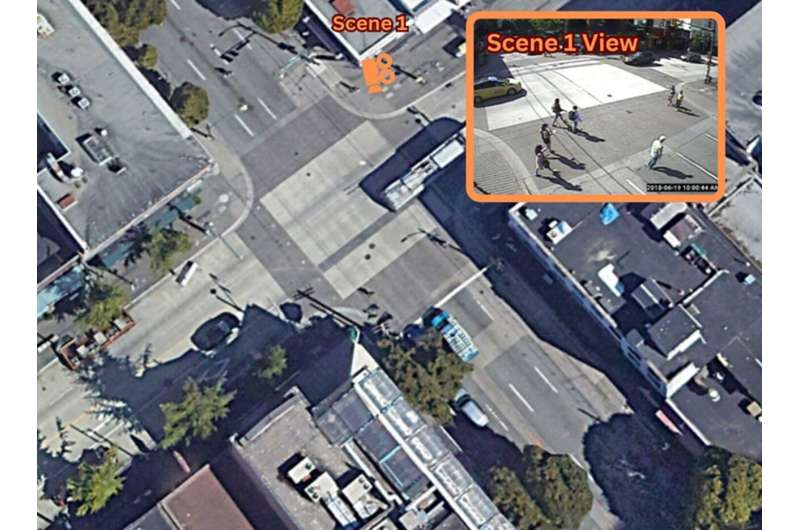New research from the University of British Columbia (UBC) has found that distracted pedestrians, such as those texting or talking on their phones, face higher safety risks compared to their undistracted counterparts. The study, published in Accident Analysis and Prevention, highlights the importance of pedestrian awareness and the need for strategic infrastructure design to improve road safety.

The Hazards of Walking While Distracted
The threat of distracted walking will only grow as technology becomes more pervasive in our lives. Led by civil engineering professor and transportation safety expert Dr. Tarek Sayed, the UBC study employed sophisticated computer vision and artificial intelligence methods to review data recorded at congested intersections in downtown Vancouver.
The results were surprising. For instance, it found that distracted pedestrians (such as people who are using their phones to text, read or talk) were only half as likely to be aware of anything beyond a 5-foot radius around them. This led to less course and speed changes, lesser navigation efficiency and increased levels of vehicle conflict or near misses. Indeed, the study found when pedestrians were distracted, crashes were 45 percent more likely to be severe.
Why Distraction-Free Attention Matters
On the other hand, the researchers discovered undistracted pedestrians made much safer decisions when it came to interacting with vehicles. They kept farther from vehicles, more often gave way and adjusted their speed when necessary; These deeper awareness and responsiveness are essential towards pedestrian safety.
BuildZoom also observed variation among drivers in the behavior of drivers. Drivers may have behaved differently due to the behaviour of distracted pedestrians; while no collision occurred by definition, when compared with non-distracted pedestrians, drivers appeared to brake earlier when approaching a pedestrian who is using a cellular phone. This clearly indicates that the responsibility to keep roads safe is not just on pedestrians but also drivers.
Designing for Distraction: Strategies for Safer Infrastructure
Findings from this study will enrich pedestrian safety models for identifying at-risk subgroups and informing interventions designed to mitigate traffic risks. This could include changes to crosswalk signal cycles, or the introduction of audio signals that let pedestrians know when it is safe to walk.
Moreover, the city planners may provide a warning signs for only text-distracted pedestrian and/or they may send mobile notifications to prevent pedestrians from using their device while crossing. In communities prone to pedestrian distraction, raised crosswalks can also bolster a human’s visibility for drivers and sensors that could alert the driver in the first place.
Integrating these insights into future research on pedestrian risk, and our approach to traffic management, will allow us to better quantify the risks pedestrians face and develop strategies that promote road safety for all users — whether they are walking or confined behind a wheel or handlebars.
